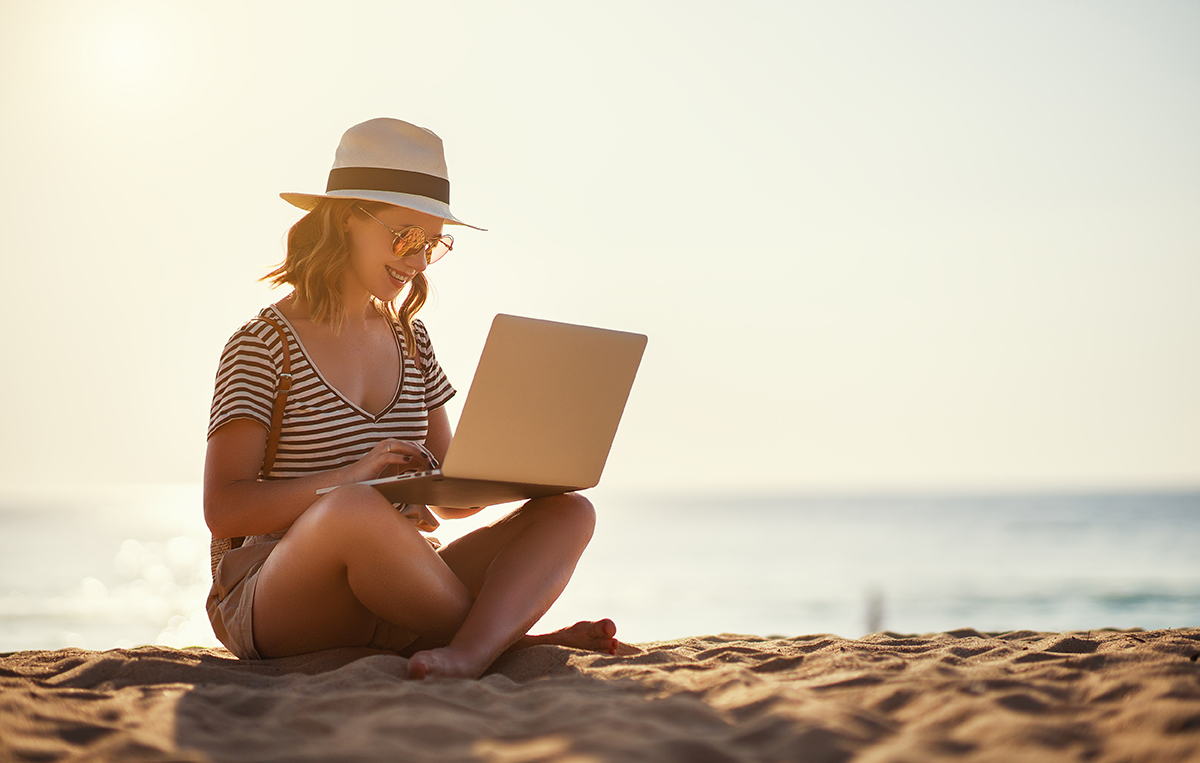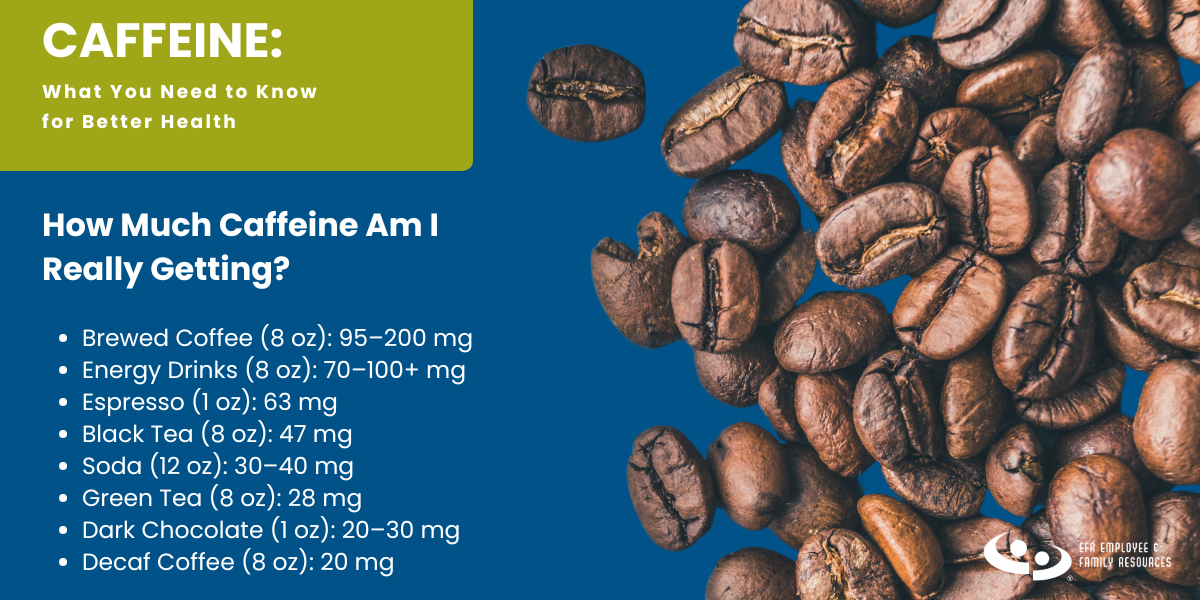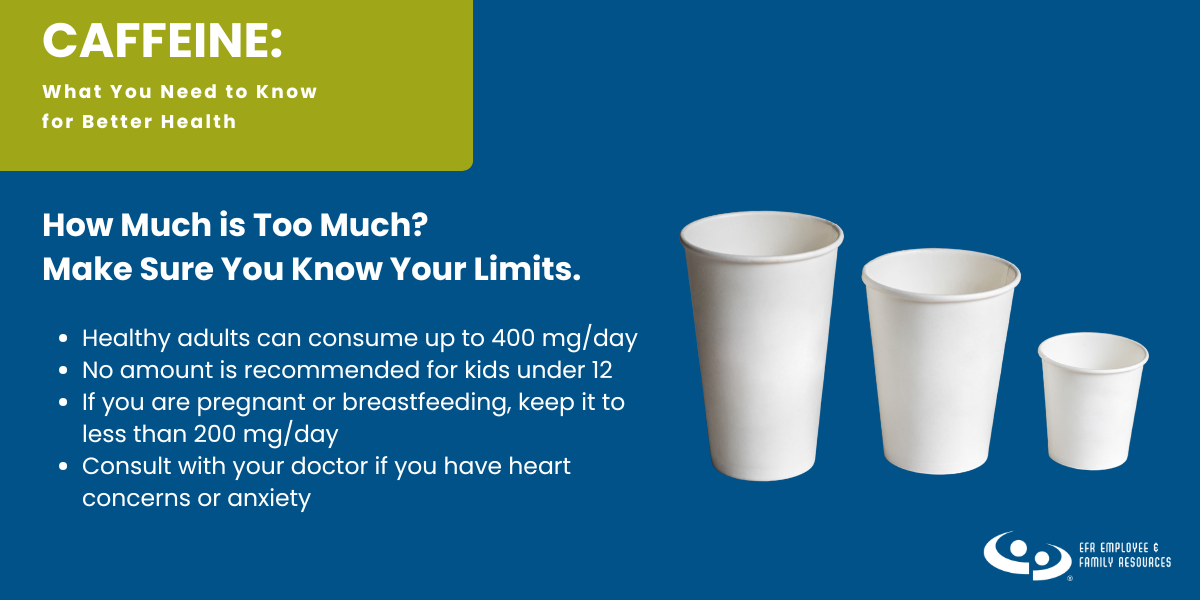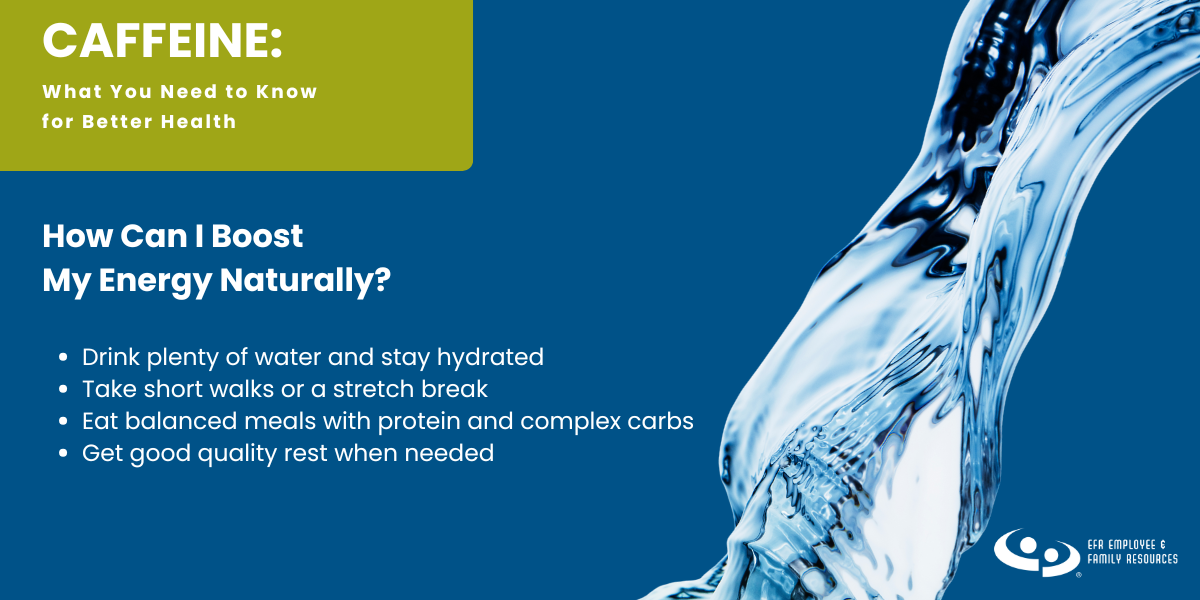- The mountain of work the employee returns to
- No one else can do his or her job while they are away
While it’s important to encourage employees to use their vacation time, it’s equally important to define expectations; then your workforce can actually enjoy their time off. According to another recent survey, 77% of Americans admit to working during vacation and 91% are checking email.
Vacations Benefit Employees and Businesses
When a vacation turns into work, it negates the mental and physical benefits the employees gain from taking time off. Physically, taking a vacation can help alleviate stress caused by work. The New York Times reported that taking a vacation every two years compared to every six significantly lowers the risk of coronary heart disease or heart attacks. Mentally, taking a break from work leads to increased mental power and greater productivity upon return. Vacations also cultivate family bonds and relationships.
Setting Up a Vacation Strategy
To keep work at work while employees are on vacations, come up with a strategy for all employees to follow, defining expectations and setting procedures. Be sure your plan addresses the main concerns of workers:
- The amount of work the employee returns to
- Who will do their job when they are away
Establish expectations before employees take off work.
Define expectations, preferably in writing, BEFORE your employee takes off work to prevent ambiguity and misinterpretation. The company’s employee handbook or an employee position description would be a great place to list out work and communication expectations when an employee is out of the office.
What to think about when establishing expectations: How little, if any, communication is required of your employee’s role to continue in their absence? Who should be the point of contact for this position when they are on vacation? Can the employee accomplish certain tasks ahead of time?
Create system processes so work can continue without your employee’s presence.
Organize a “game plan” that can be put into action so most of the employee’s work can still get done. Identify key employees to delegate the absent employee’s daily tasks to. Designate a contact person who clients can reach if business cannot wait until the vacationing employee returns. Turn the mountain of work into a molehill.
What to think about when developing a system: If there is only one employee who works their specific position, find a contact person in the same department or who works closely with the absent employee. Designate someone to receive forwarded emails, who can help tackle the work load and address any problems that may arrive. Have multiple employees in mind to dilute the workload.
Limit how much you contact your employee while he or she is on vacation, but keep them in the loop.
If your employee is taking a longer vacation, keep them in the loop by CC-ing them on emails or sending them updates on meetings they’ve missed. Though we recommend you encourage your employee to NOT check their work email while on vacation, sending the absent employee small briefs throughout the week will help them feel less overwhelmed by a long list of updates and messages that they are met with coming back home.
What to think about when contacting an employee who is on vacation: What were the key takeaways from the meeting your employee missed? Keep a physical list on paper of projects or tasks that your employee needs to work on when they are back from vacation, and place it on their desk to avoid the employee feeling like he or she needs to work on it while taking time off.
Encourage your employees to enjoy their summer by taking time off. By establishing and implementing vacation expectations, employees will be able to reap the mental and physical benefits of taking time off, coming back refreshed and refocused for the rest of the year. For more tips on how to establish and implement a vacation expectation strategy, contact your EFR consultant.







